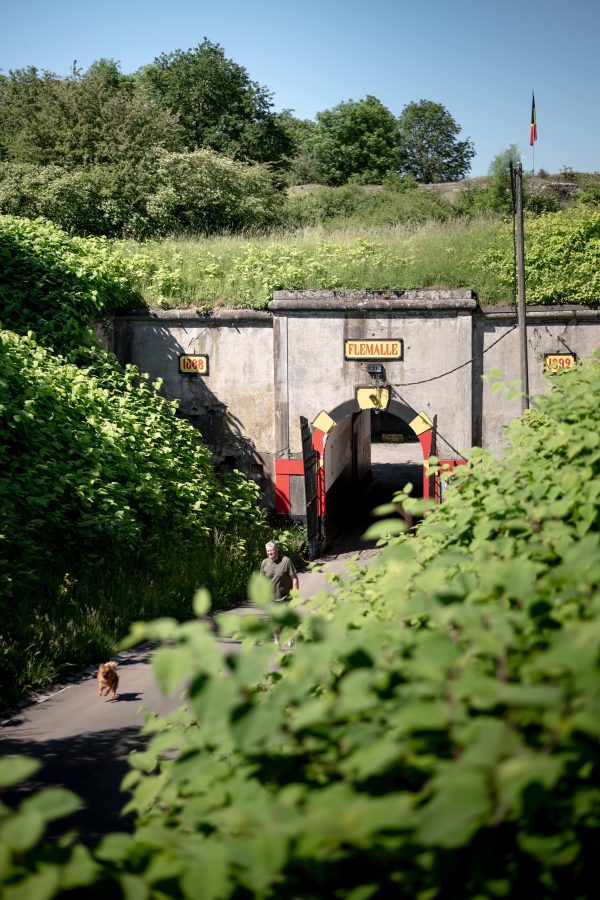
Built between 1888 and 1892 under the command of General Brialmont, Fort Flémalle became one of the 12 forts of the fortified belt of Liège. With its quadrangular shape, surprising for its time, it’s also one of the most massive. Like most of the Liège forts, it was built entirely of unreinforced concrete. Located about ten kilometers southwest of Liège, it was strategically positioned to block access to the Meuse Valley in case of an enemy attack.
During the First World War and the Battle of Liège, Fort Flémalle was one of the last forts of the fortified belt to be bombed by the German army. It surrendered on August 16, 1914, totally asphyxiated and out of ammunition. Under the German occupation, the fort was considerably improved and used as infantry support. Later, it was rearmed by the Belgian army.
During the Second World War, the fort provided critical support to the Belgian army. It alone had a garrison of more than 300 men. On May 16, 1940, Fort Flémalle surrendered after being partially destroyed by aerial bombardment. The vast craters still visible today allow us to better understand the impressive and tragic impact of these bombings.

Today, the fort offers a new experience to visitors. Visitors can immerse themselves entirely in the atmosphere of the Second World War by exploring the fort with virtual reality headsets to see it as it was in 1940. The “VR’40 experience tour” is waiting for you!

Fort Flémalle also has an exceptional museum, where you can discover authentic Belgian weapons, equipment, and uniforms. This will allow you to get closer to the daily life of the men and women of the time. A whole room is even dedicated to the American female pilots, which is something unique in Belgium and not to be missed!